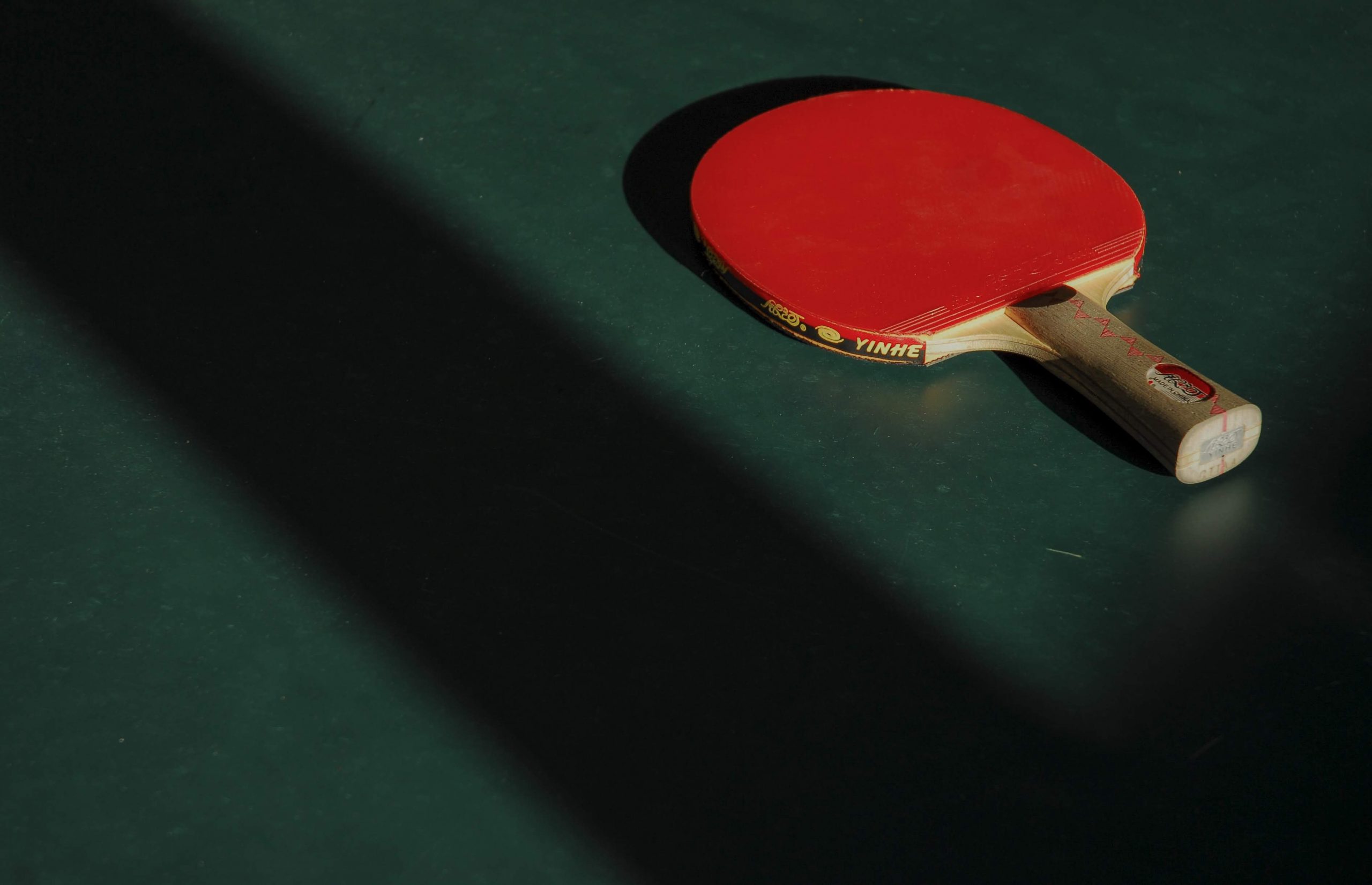Table Tennis Program May Ease Motor Symptoms in Parkinson’s, Early Study Shows

Table tennis may offer benefits as a form of Parkinson’s physical therapy, according to a preliminary study that showed lessening of symptoms in patients who participated weekly in the sport for six months.
“Pingpong, which is also called table tennis, is a form of aerobic exercise that has been shown in the general population to improve hand-eye coordination, sharpen reflexes, and stimulate the brain,” study author Ken-ichi Inoue, MD, of Fukuoka University in Fukuoka, Japan, said in a press release. “We wanted to examine if people with Parkinson’s disease would see similar benefits that may in turn reduce some of their symptoms.”
The study will be presented at the American Academy of Neurology’s 72nd Annual Meeting in Toronto, Canada, taking place April 25 to May 1.
Parkinson’s disease is a neurodegenerative disorder, characterized by progressive loss of motor control. This loss stems from the death of neurons in the brain that create a neurotransmitter called dopamine. Dopamine is vital to communications between muscles and the central nervous system.
In the study, the researchers had 12 people with mild to moderate Parkinson’s play table tennis once a week for six months. Participants were 73 years old on average and had been diagnosed with Parkinson’s for an average of seven years.
First, the researchers tested them to assess the types and severity of their symptoms.
The 12 participants then each played a five-hour session every week. The sessions were designed specifically for Parkinson’s patients, by experienced table tennis players from the university’s sports science department. Sessions consisted of stretching exercises followed by table tennis exercises, all under the instruction of an experienced player.
Parkinson’s symptoms were evaluated again after three months and at the end of the study. At both assessment points, participants demonstrated significant improvements in speech, handwriting, getting dressed, getting out of bed, and walking. Participants reportedly improved in their efforts to get out of bed from requiring two attempts, on average, at the beginning of the study to needing one attempt by the end of the study.
Participants also showed significant improvements in facial expression, posture, rigidity, slowness of movement and hand tremors, all of which are common symptoms of Parkinson’s disease.
To measure neck muscle rigidity, the researchers scored each participant on a scale of increasing rigidity from zero to four. Participants received an average initial score of three, which fell to an average of two by the end of the study.
The only side effects reported during the study consisted of a backache in one patient and another in a patient who fell.
The study was limited by the small number of participants, not having a control group to compare results to, and having only one specialist assess all the patients.
While preliminary, the results are nonetheless encouraging, the researchers said.
“[T]hey show pingpong, a relatively inexpensive form of therapy, may improve some symptoms of Parkinson’s disease,” Inoue said. “A much larger study is now being planned to confirm these findings.”
Notably, this study is not the first time that table tennis has been used as therapy for Parkinson’s. Ping Pong Parkinson has its own program developed specifically for people with Parkinson’s and holds weekly meetups at their Pleasantville, New York, headquarters.






